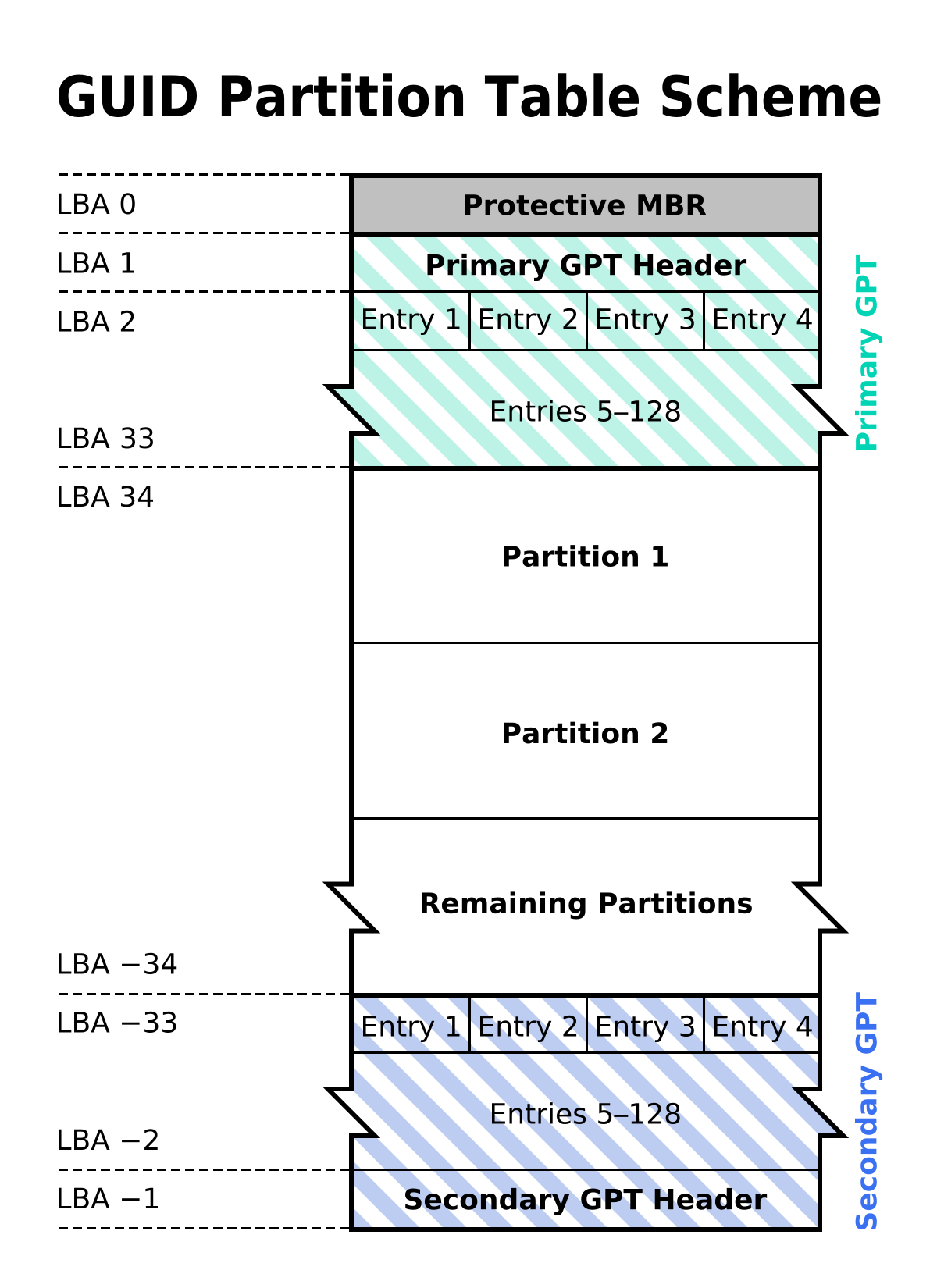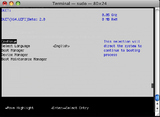Originally posted by Cairo_BR
View Post
and AMD has actually done alot for linux users of late - but between documentation of chipsets, drivers, open/closed source driver developement, etc, dropping the support for older graphics hadware was something they felt would help them give the best support to the largest amount of people.
that said, go for it - i certianly think bringing kernel/xorg updates to legacy drivers would be nice.





Comment